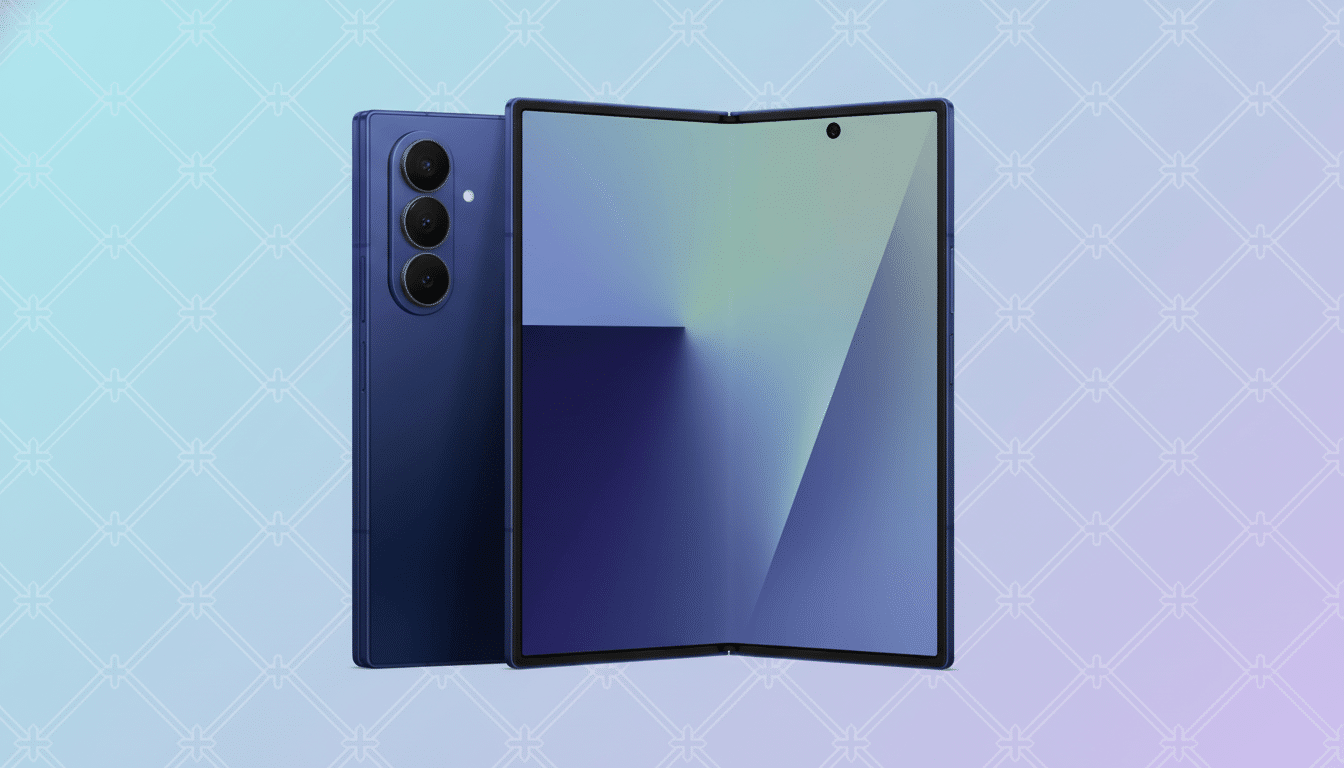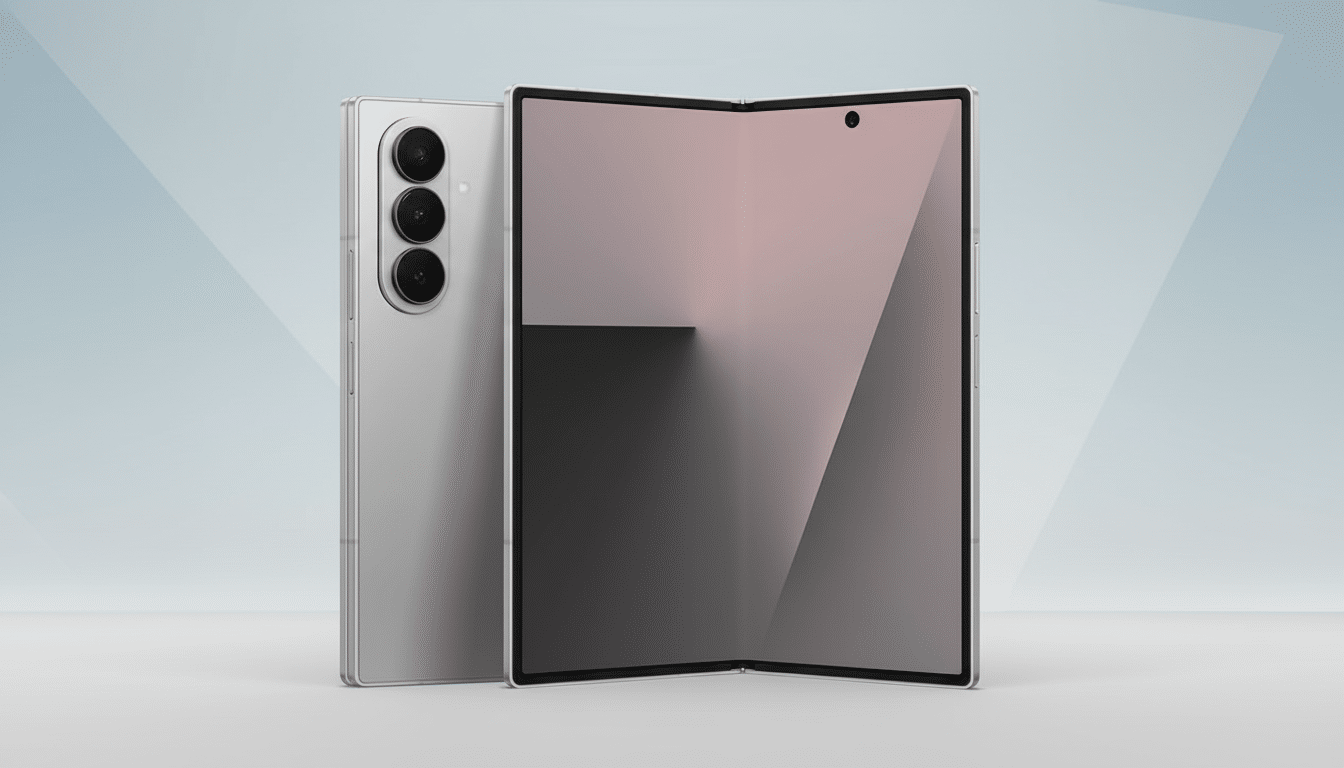Samsung’s $1,800 Galaxy XR headset is an ambitious step into spatial computing, but for most consumers, that kind of investment is tough to swallow for a first‑generation device with limited battery life and an immature app ecosystem. If you value practical utility and bang for the buck, these five Samsung gadgets offer greater everyday return on spending — for the same or less money.
Context is important: The market for AR/VR ships in the single‑digit millions a year, according to industry analysts at IDC, while smartphones are still shipping more than a billion units annually. That delta explains why arcane accessories, apps, and long‑term support are much stronger on Samsung’s mainstream devices than they were on early XR. Here’s where your dollars go further.
- Pocketable immersion with a full smartphone experience
- Galaxy S25 Ultra is the sensible flagship choice
- Galaxy Tab S11 Ultra Is A Theater And Workhorse
- Galaxy Book 5 Pro Takes Over For Productivity
- Samsung OLED TVs elevate big‑screen entertainment at home
- Bottom line for Galaxy XR buyers: patience pays off

Pocketable immersion with a full smartphone experience
If you were lusting after XR because it’s “bigger than ever,” Samsung’s Galaxy Z Fold 7 offers a tablet‑class screen that fits in your pocket. Multitasking in resizable windows, Flex Mode for hands‑free viewing and polished DeX support make it a productivity chameleon without strapping a computer to your face.
Most headsets tap out after a few hours of battery life per charge, but the Fold line consistently lasts for an entire 24‑hour day with typical mixed use. At 5.75 inches, the “Pocket” is still a considerable device (no matter what that name may suggest), but you also get flagship cameras and 5G — simply the ability to not look like an outcast when you whip it out at an airplane seat, train desk or office or café table.
Yes, it can be as expensive as the Galaxy XR or more so, but it combines a phone and tablet in a single device. Trade‑in values for Galaxy phones are some of the highest in North America, based on carrier promotions that Counterpoint Research tracks, which can help mitigate the initial outlay.
Galaxy S25 Ultra is the sensible flagship choice
If you’re looking for flagship speed, battery life and cameras, minus the foldable premium, the Galaxy S25 Ultra is the sensible choice. It gives you a versatile long‑zoom system, an embedded S Pen for note‑taking and markups, and smooth performance for years to come.
Samsung’s elongated software policy — seven years of OS and security updates on newer flagships — expands the lifespan of your investment well beyond most XR hardware cycles. Plus, the typical street price is much less than the Galaxy XR, and you’ll have enough money left over afterward to buy a Galaxy Watch or Galaxy Buds.
Galaxy Tab S11 Ultra Is A Theater And Workhorse
If you’re purely after a bigger screen, the Tab S11 Ultra is the XR alternative to beat. Its big AMOLED panel is gorgeous for movie‑watching and comic‑reading, as well as cloud gaming, and when needed it can turn into a serious workhorse with a keyboard cover, S Pen input and improved DeX desktop modes.
Tablets sidestep the ergonomic disadvantages of headsets — blocky face pressure, awkward motion comfort — and shine at shared experiences like co‑viewing or sketching side‑by‑side. Battery life usually covers either a full day of office work or an intercontinental flight’s worth of streaming without backup batteries.

Galaxy Book 5 Pro Takes Over For Productivity
If your $1,800 budget is all about actually getting work done, a Galaxy Book 5 Pro is the better buy. You will be getting a very thin‑and‑light Windows machine with AMOLED 3K display, modern Intel Core Ultra silicon and Type‑C ports, and oh would you look at that, a keyboard that you can touch — still an A+ bullet point for people who write the words and lots of them.
Battery life on high‑end ultrabooks is regularly multiples of what the XR can supply, and Samsung’s value‑adds to its ecosystem — Quick Share, Multi Control with Galaxy tablets and seamless tethering — suit modern workloads.
Contact: www.samsung.com/au/
Rating: 4 stars out of 5
Even high‑end rigs frequently undersell the headset when paired with seasonal promos.
Samsung OLED TVs elevate big‑screen entertainment at home
One of XR’s big pitches is cinema‑scale entertainment; a Samsung OLED TV puts the wow in your living room and lets those you love bask in it too. Models like the S90C series offer deep blacks, HDR10+ support and gaming‑friendly features that include low input lag and up to 144Hz with compatible PCs.
Indie testing groups, including Rtings and AVForums, consistently rank Samsung’s OLEDs as one of the best for mixed use across a range of content from movies to next‑gen consoles. 65‑inch sets themselves are often on sale at or close to the price of the headset, without either XR’s near‑solitary or easy comfort trade‑offs!
Bottom line for Galaxy XR buyers: patience pays off
Spatial computing! It will get better, but all of the first‑gen headsets are weirdly expensive experiments with short runtimes (battery life and interest) and you know what? For the same money, Samsung’s phones, tablets, laptops and TVs give you more support over a longer period, with broader ecosystems and utility that you’ll use every day.
If you still yearn for XR, the smartest move is to wait: let software libraries grow up and battery tech catch up. In the meantime, these five Samsung products offer you the most value — today — with no learning curve and no trade‑offs, simply great hardware being great at what it does.

